No products in the cart.
Top 10 Ways to Be Germ-Free
Bacteria are among the fastest reproducing organisms in the world. With new viruses and infections emerging every day, it may seem tough to stay ahead. Below, you will find medically backed advice on how to remain germ-free.
1. Properly Clean All Surfaces
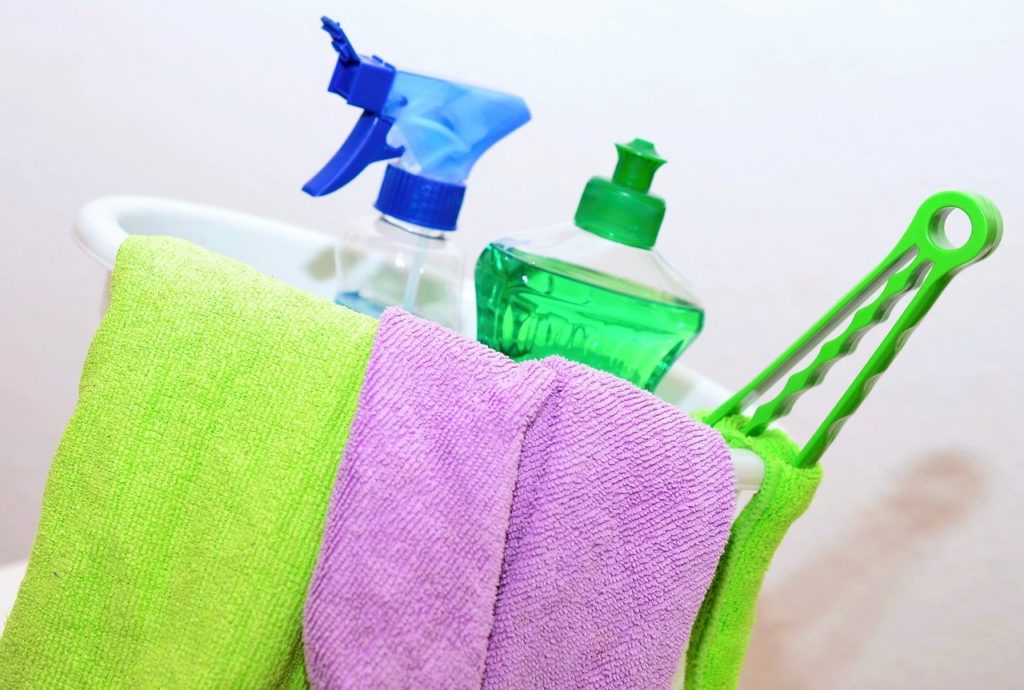
With the ongoing pandemic crisis, there has been an abundant amount of emerging research pertaining to surface cleaning. COVID-19 can survive on certain surfaces for anywhere between a few hours up to a few days. Recent studies have shown that copper alloy surfaces show a greater than 99.9% reduction in live bacteria. In another experiment, researchers regularly tagged various surfaces of a small-animal veterinary clinic with a fluorescent dye, only visible under black light. The surfaces were then checked 24 hours later to see if the marks were still showing. On average, only 50% of surfaces were cleaned properly, with the dye completely removed.
It’s safe to assume that many people do not properly disinfect the surfaces (e.g., countertops, doorknobs, cellphones, and toilet flush handles) in their daily environment. To ensure proper decontamination, first, remove any grease or grime residue. Second, apply the disinfectant and allow it to remain on the surface for several minutes before wiping it away. Check the label to determine the approximate wait times to ensure great disinfectant abilities.
2. Handwashing
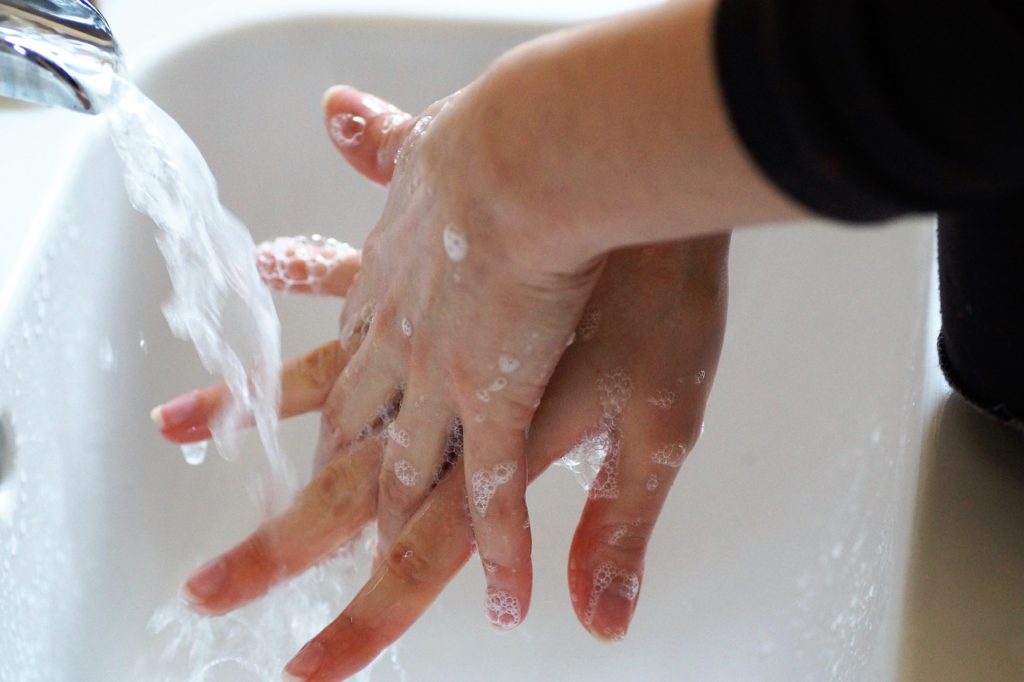
Proper handwashing technique reduces the risk of infection by reducing the production of germs. The skin cells on your hands shed daily, leading to contamination of gowns, bed linens, furniture, and virtually anything you may come in contact with throughout the day. Most experts believe that handwashing is the most important practice when trying to reduce cross-contamination.
3. Use Bleach
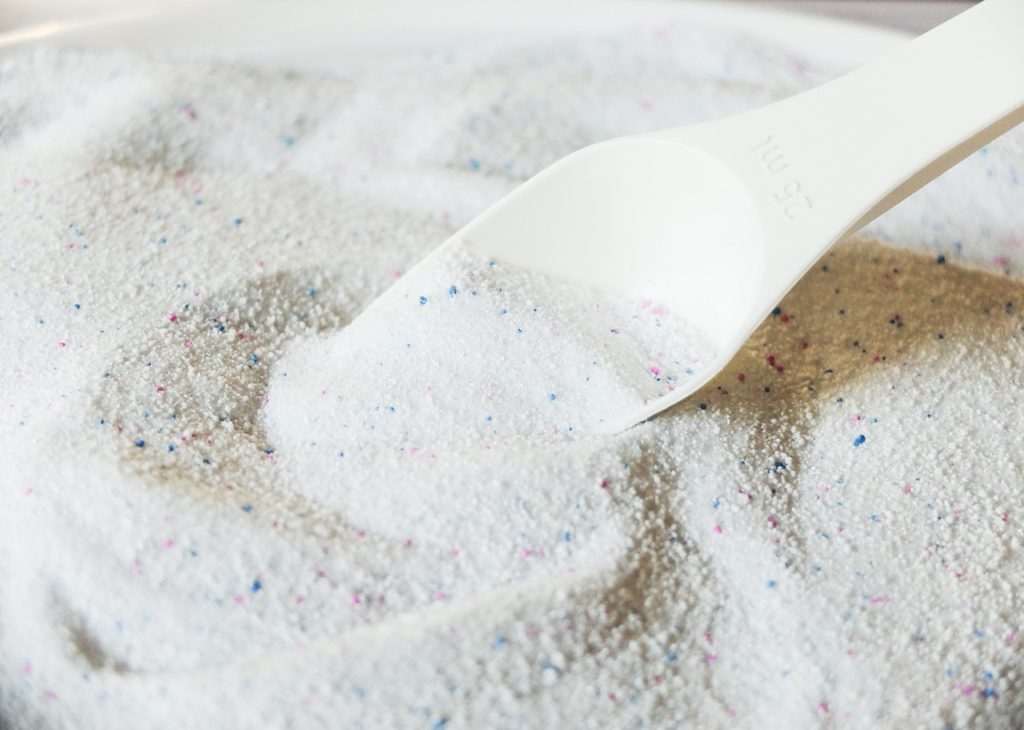
Hypochlorous acid, the active ingredient in bleach, destroys germs. In terms of laundry practices, use detergent and bleach whenever possible. If your clothes contain colored dyes, consider using a color-safe bleach alternative. Interestingly, studies have shown that germ counts from low- and high-temperature washed fabrics are comparable, therefore low-temperature washing is equally effective as high-temperature washing for eliminating bacteria. However, to boost the bacteria destroying effect, scientists recommend drying your clothes on the hot cycle for at least forty-five minutes.
4. Tea Tree Oil Products
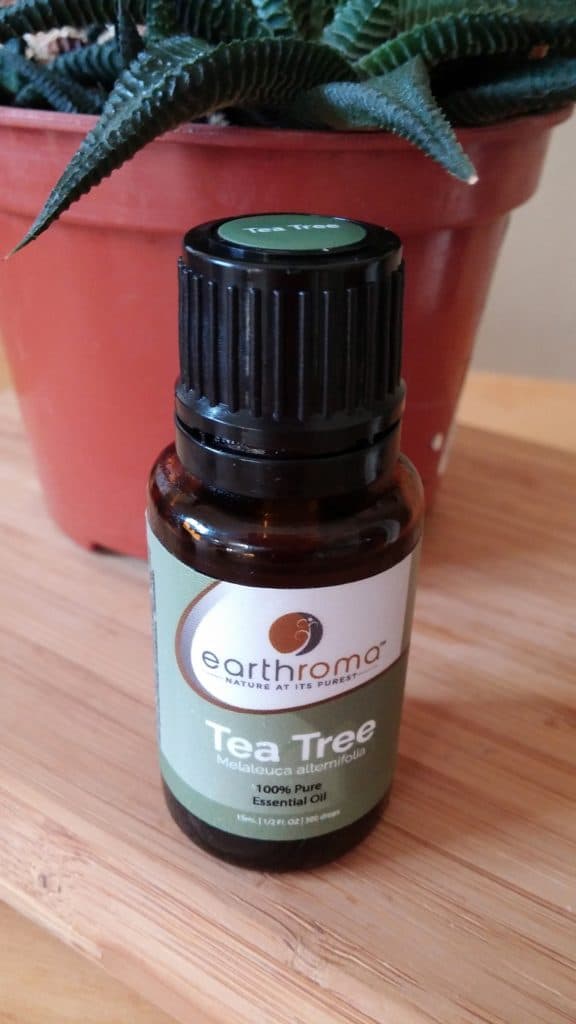
Next time you go shopping, try choosing antibacterial products that contain tea tree oil. Tea tree oil is obtained by steam distillation of the leaves of Melaleuca alternifolia, a tree native to Australia, and is reported to have antibacterial, antifungal, antiviral, anti-inflammatory, and painkilling properties. Studies have revealed that tea tree oil can effectively kill many infections.
5. Operate Dishwashers on the Sanitize Cycle
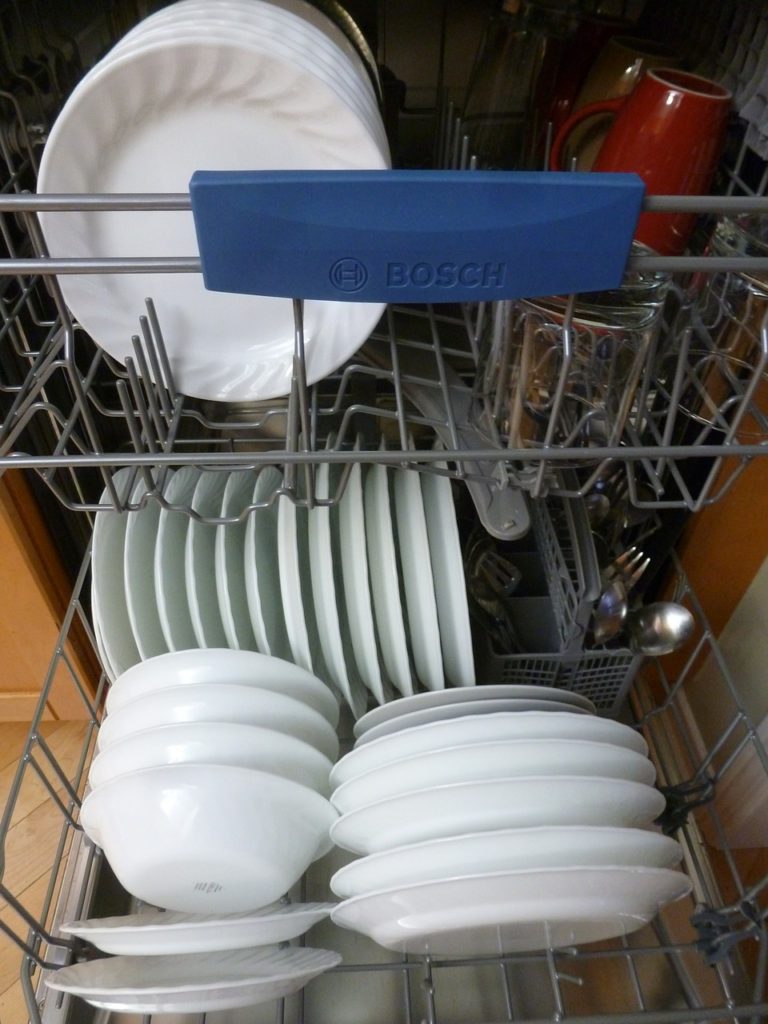
Scientists recommend operating your dishwasher on the sanitizing cycle, if applicable. To achieve a minimum 99.9% reduction of germs, your dishwashing machine must reach a final rinse temperature of 150 degrees.
6. Use Suitable Food Storage and Preparation Practices

Oftentimes, poor food storage options and preparation practices can lead to kitchens becoming extremely bacteria friendly. When proper disinfection practices are not upheld, countertops, cutting boards, and other kitchen surfaces provide an optimum environment for the survival of germs. Moisture is an attractor of most germ types, so sponges, dishcloths, and drain areas serve as prime environments for germs. Be sure to switch out your sponges and dishcloths regularly to prevent further contamination.
7. Keep Your Distance
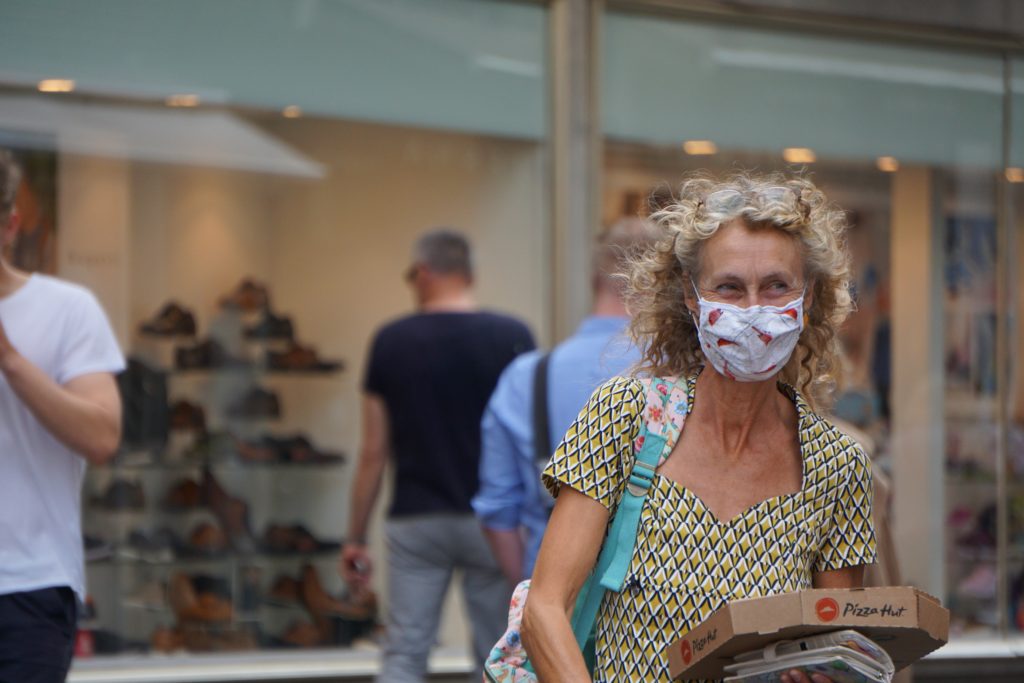
Coughs and sneezes expel respiratory droplets, very tiny in size, which cause the spread of respiratory infections (e.g., SARS-CoV-2) when inhaled. To avoid infection, try to maintain at least a six-foot distance between yourself and others who present signs of illness.
8. UV Light

Keeping your fruit bowl by the window could potentially prevent you from becoming ill. UVC radiation, present in sunlight, has germicidal properties and can be effective against bacteria, mold, and viruses. UV light has been proven to kill foodborne pathogens on the surface of certain fruits. Research also indicates that allowing your clothes to hang dry in the sun can prevent bacterial growth.
9. Keep Your Environment Dry and Well Ventilated

Bacteria love moist environments! Utilize fans to ensure that your environment remains dry and well ventilated. By reducing moisture and humidity, acceptable ventilation could prevent the buildup of undesirable bacteria and mold.
10. Always Put Down the Toilet Seat and Cover Your Toothbrush
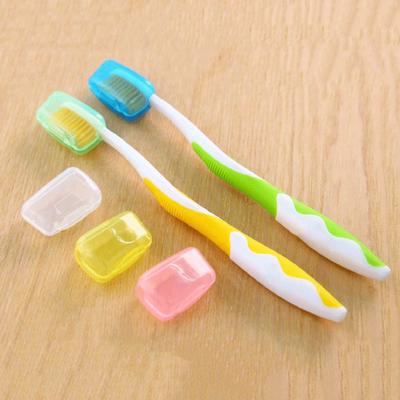
Restrooms, especially those containing exhaust fans, have the highest reported concentrations of toilet flumes. Feces and vomit of infected persons have been positively confirmed to contain pathogenic particles with known links to the contraction of SARS-CoV-2, Salmonella, Shigella, Norovirus, E Coli, and C Difficile – all of which can survive on surfaces for weeks at a time.
As we previously discussed, bacteria and viruses thrive in moist environments, making your damp toothbrush the ideal home for unwanted pathogens. Experts suggest air drying your toothbrush to detract germs from growing. However, other factors could expose your toothbrush to contamination if it is stored, uncovered, and unprotected, in a toxic setting such as a shared bathroom. During the current pandemic, air-drying your toothbrush, in a shared space, could put you at extreme risk for contracting the COVID-19 virus.
References:
Ataee, R. A., Ataee, M. H., Mehrabi Tavana, A., & Salesi, M. (2017). Bacteriological Aspects of Hand Washing: A Key for Health Promotion and Infections Control. International journal of preventive medicine, 8, 16. https://doi.org/10.4103/2008-7802.201923
Martin J. Blaser, Paul F. Smith, Henry J. Cody, Wen-Lan L. Wang, F. Marc LaForce. (1984). Killing of Fabric-Associated Bacteria in Hospital Laundry by Low-Temperature Washing, The Journal of Infectious Diseases, Volume 149, Issue 1, Pages 48–57, https://doi.org/10.1093/infdis/149.1.48
Mathur P. (2011). Hand hygiene: back to the basics of infection control. The Indian journal of medical research, 134(5), 611–620. https://doi.org/10.4103/0971-5916.90985
May J., Chan C. H., King A., Williams L., French G. L. (2000). Time–kill studies of tea tree oils on clinical isolates, Journal of Antimicrobial Chemotherapy, Volume 45, Issue 5, Pages 639–643, https://doi.org/10.1093/jac/45.5.639
Michels, H. T., Keevil, C. W., Salgado, C. D., & Schmidt, M. G. (2015). From Laboratory Research to a Clinical Trial: Copper Alloy Surfaces Kill Bacteria and Reduce Hospital-Acquired Infections. HERD, 9(1), 64–79. https://doi.org/10.1177/1937586715592650
New Research Shows Why Bleach Kills Bacteria, Oncology Times: December 25th, 2008 – Volume 30 – Issue 24 – p 18 doi: 10.1097/01.COT.0000343801.92233.9b
Ohio State University. (2020). Study shows how diligent we have to be to keep surfaces germ-free: Only half of surfaces in animal hospital disinfected. ScienceDaily. Retrieved from www.sciencedaily.com/releases/2020/03/200325120849.htm
